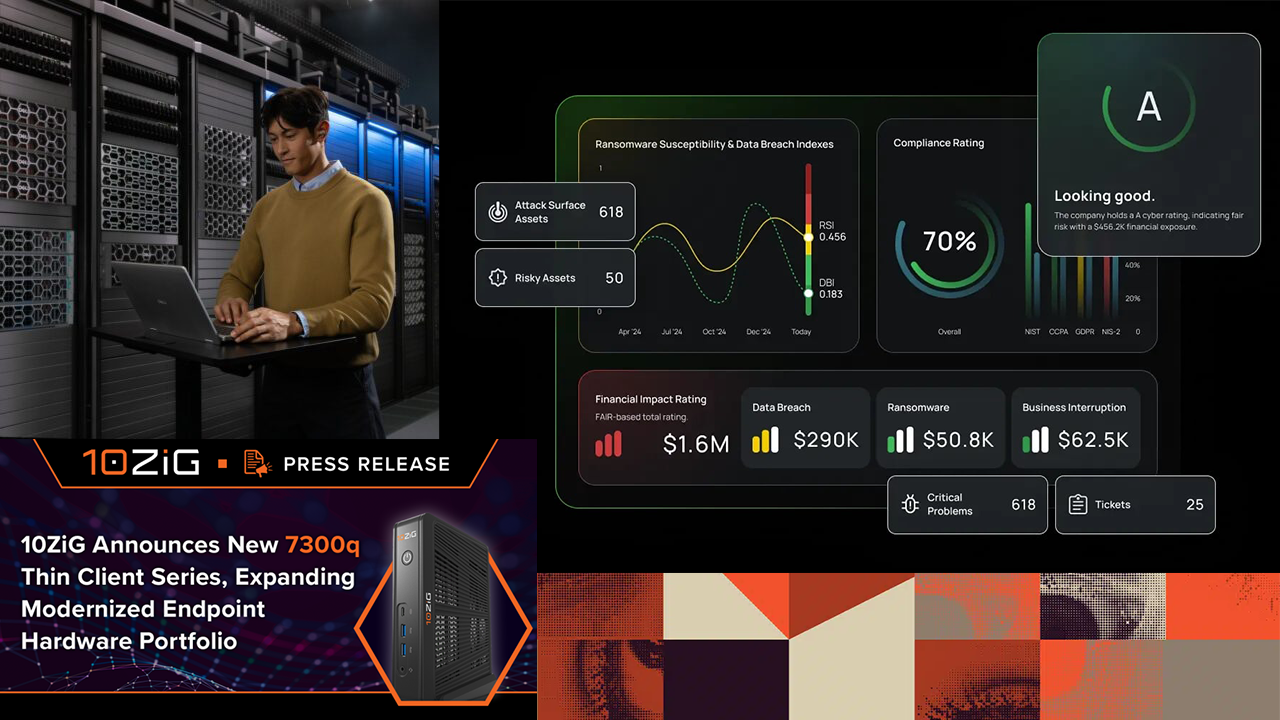The OpenStack community released Queens, the 17th version of the most widely deployed open source cloud infrastructure software. A packed release resulting from a six-month development cycle, Queens offers advancements benefiting not only enterprises with mission-critical workloads but also organizations investing in emerging use cases like containers, NFV, edge computing and machine learning. The software now powers 60 public cloud data centers and thousands of private clouds at a scale of more than six million physical cores.
Enterprise adoption of cloud continues to expand, and by next year, 60 percent of enterprise workloads will run in the cloud, according to 451 Research’s†Voice of the Enterprise: Cloud Transformation, Workloads, and Key Projects†survey. 451 Research also†reports†that enterprise adoption of OpenStack is expanding in parallel, with enterprises in nearly all verticals and regions now running mission-critical workloads on OpenStack software. To support these workloads, the Queens release includes robust, enterprise-oriented features, most notably the multi-attach feature in Cinder.
Cinder Multi-Attach†enables operators to attach the same Cinder volume to multiple VMs. If one node goes down, the other takes over and has access to the volume. This redundancy—which supports high availability (HA) for mission critical workloads—is one of the most-requested features in cloud environments and has remained a largely unmet challenge in computing until now.
The Queens release also includes significant enhancements to support emerging use cases such as machine learning, NFV, container integration and edge computing.
- Support for vGPUs†(virtual graphic processing units) — In Nova, vGPU support lets cloud administrators define flavors to request specific resources and resolutions for vGPUs. End users can boot VMs that have vGPUs, an important capacity for graphics-intensive workloads and many scientific, artificial intelligence and machine learning workloads.
- Cyborg†— Cyborg, a framework for managing hardware and software acceleration resources such as GPU, FPGA, CryptoCards and DPDK/SPDK, debuts in the Queens release. Acceleration has become a necessity rather than an option, particularly for telcos with NFV workloads. With Cyborg, operators can list, identify and discover accelerators, attach and detach accelerators to an instance, and install and uninstall drives. It can be used standalone or in conjunction with Nova or Ironic.
- Ironic Rescue Mode†— Instance repair—long available for VMs in Nova—is now available for bare metal instances in Ironic. Operators can now troubleshoot misconfigured bare metal nodes or recover from issues like a lost SSH key, an important enhancement since production usage of Ironic has jumped from 9 to 20 percent between April and November of 2017 (source:†OpenStack User Survey).
- Kuryr CNI Daemon†— OpenStack is the preferred platform for containers deployed in private cloud, and the community continues to expand microservices features in Queens. Kuryr adds a CNI daemon to increase the scalability of operations on Kubernetes. To support HA, the CNI daemon watches for pod events, eliminating the need to wait on the Kubernetes API for each event. Pods can be created even if the controller goes down.
- Edge computing support†— Two new projects, OpenStack-Helm and LOCI, described in more detail below, support edge computing applications such as those presented in the white paper “Cloud Edge Computing: Beyond the Data Center” recently published by members of the OSF Edge Computing Group.
- Zun container service†— Zun is a new OpenStack project that allows users to quickly start and run containers without having to manage servers or clusters. It seamlessly adds advanced enterprise networking, storage and authentication capabilities to containers by integrating with Neutron, Cinder, Keystone and other core OpenStack services.
“In the early days of cloud, the use cases were fairly narrow, but the scope of cloud use cases today has expanded to include a massive variety of workloads,” said OpenStack Foundation Chief Operating Officer Mark Collier. “Just as the scope of cloud evolves, OpenStack evolves as a platform. Consider the vGPU and containers enhancements in the Queens release: they address opposite ends of the use-case spectrum and demonstrate how OpenStack has the flexibility and ability to support changing open infrastructure requirements.”
A Focus on Operators. Always.
The Queens release does not fail to deliver on tools for enhancing manageability, resiliency and user experience. New features that operators will love include:
- OpenStack-Helm†— This addition to the project portfolio provides a collection of Helm charts and tools for managing the lifecycle of OpenStack on top of Kubernetes and running OpenStack projects as independent services.
- Register & document policy†— Across the majority of OpenStack projects, role-based access control (RBAC) policies now live in the project code, as opposed to being a separate file in the project source, providing better communication about service policies and the ability to set more granular defaults for RBAC policies.
- HOT drag and drop†— Horizon adds a plug-in enabling creation of Heat orchestration templates through a user-friendly drag-and-drop UI on the Horizon dashboard.
- LOCI†— Another project making its debut, LOCI makes†Open Container Initiative-compatible images of OpenStack services that can be dropped into heavy-weight deployment tools like OpenStack-Helm or used individually to deliver standalone services like Cinder block storage.
“It’s easy to gloss-over terms like maturity and manageability when they are used to describe software, but the OpenStack community believes those objectives to be at the core of our mission,” said Jonathan Bryce, executive director of the OpenStack Foundation. “Our developer community keeps building new tools that are helpful to the infrastructure operator. Eight years in, features that enhance manageability, resiliency, scalability,† and user experience are still paramount and still have sizzle factor.”












